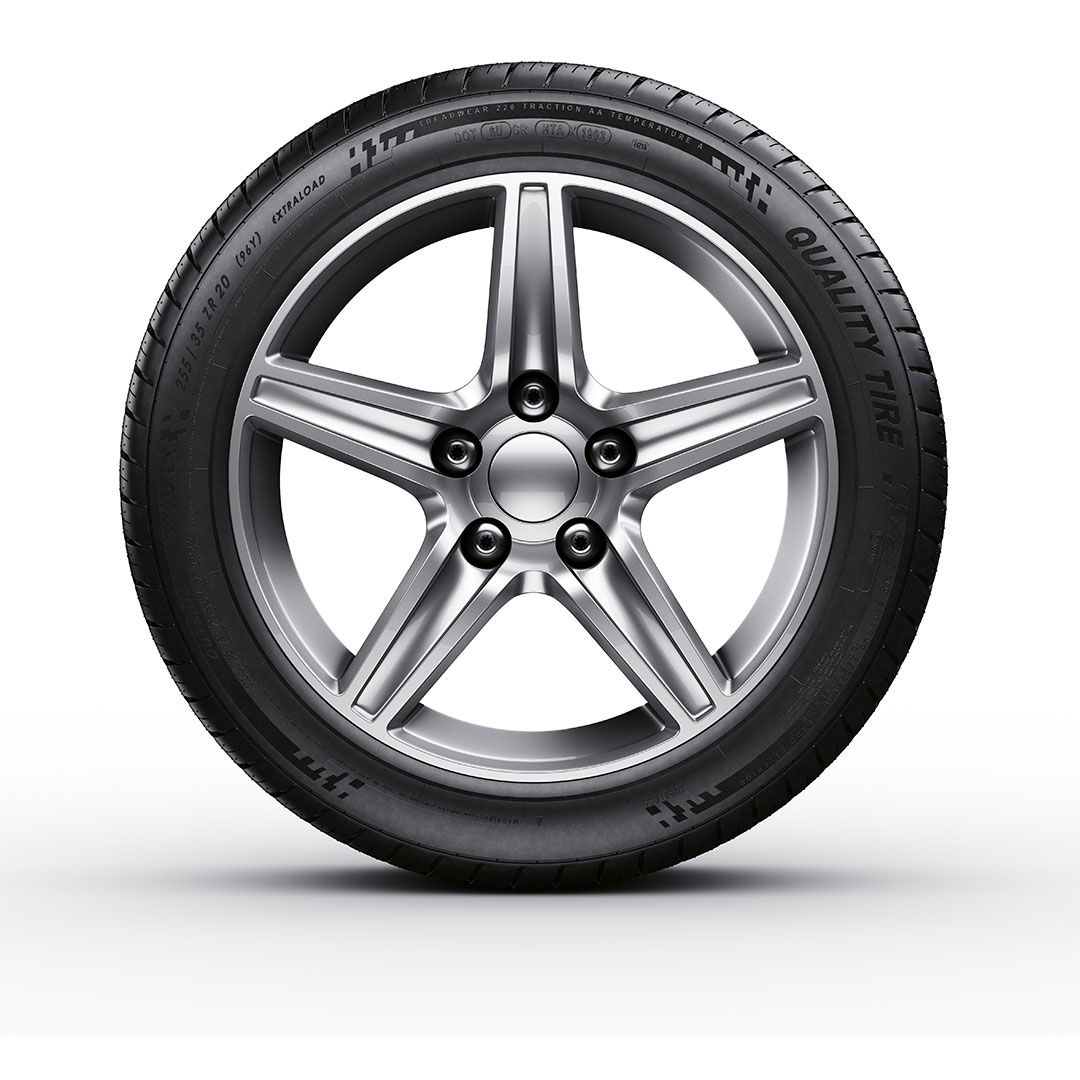Think October, think tyre safety
Did you know that October is tyre safety month? This month is all about raising awareness of the significance of tyre safety and how we can best stay safe on the roads. Play your part in reducing the number of yearly tyre-related incidents on the roads by ensuring that you know how to best maintain your tyres.
With the weather turning colder and wilder, it’s more important than ever to ensure that your tyres are in top condition. Be prepared for whatever the unpredictable British weather has to throw at you and the road during these colder months by the following useful information on how to best take care of your tyres.
What should I be looking out for?
When it comes to your tyres, you should be keeping a close eye out for wearing, bulges, underinflation, cuts and any other signs of damage. It’s important to get these issues looked at quickly – if you spot any of these, get your car down to a garage or car dealership so you can be back out safely on the road in no time.
Know the limits
Tyre maintenance is a legal obligation, with the minimum legal tyre tread depth in the UK being 1.6mm. However, it’s widely recommended that tyres should be regularly checked and ideally changed when they reach a tread depth of 3mm. A big initiative of tyre safety month is trying to reduce the large number of tyre-related incidents on the UK roads, all of which are avoidable with the appropriate information and procedures in place.
There is nothing but benefits to ensuring that your tyres are well-maintained. Not only will you travel safely, but you’ll save yourself a lot of money down the line! Many MOT tests fail as a result of tyre defects, resulting in unforeseen extra costs for tests, new tyres and other damages that may have occurred. Plus, if you’re caught with illegal tyre tread depth you could face a hefty fine per tyre and even points on your license…
Safe tyres, safe travels
It’s not just legalities and your finances that you need to worry about but your very safety on the road. Let’s delve into the facts.
If you drive with tyres below the legal 1.6mm tread depth, the grip on your tyres is greatly reduced and this increases your stopping distance by up to 44% and the risk of collisions. Not only do you need to consider your own safety but others too, and tyres can have a huge impact on that! And it’s worth noting that stopping distances also increase in icier conditions.
But before the ice, there’s the rain, and in Britain, there’ll be a lot! And if your tyres are underinflated, worn or damaged, the risk of aquaplaning will dramatically increase.
How do I check my tyres?
There are many things you can do to ensure that you’re keeping a close eye on your tyre’s health. Here are a few of our suggestions:
• Tyre air pressure – use a reliable pressure gauge to test your tyre pressure. Check what pressure your vehicle needs on the inside of your vehicle’s door or in the manufacturer booklet or online.
• At a glance – look for cuts, bulges and any perishing.
• 20p test – put a 20p coin in the main tread channel of the tyre; if you can’t see the outer band of the coin then your tread is above the legal limit – a big tick! However, if you can see the outer band of the coin face, then your tyres are under the legal limit.
Let’s do our part this October in ensuring that our tyres and roads are safe! If you have any further questions regarding tyre safety, please don’t hesitate to get in contact with us today or pop down to your nearest dealership to speak to a friendly member of the Budgen team today.
